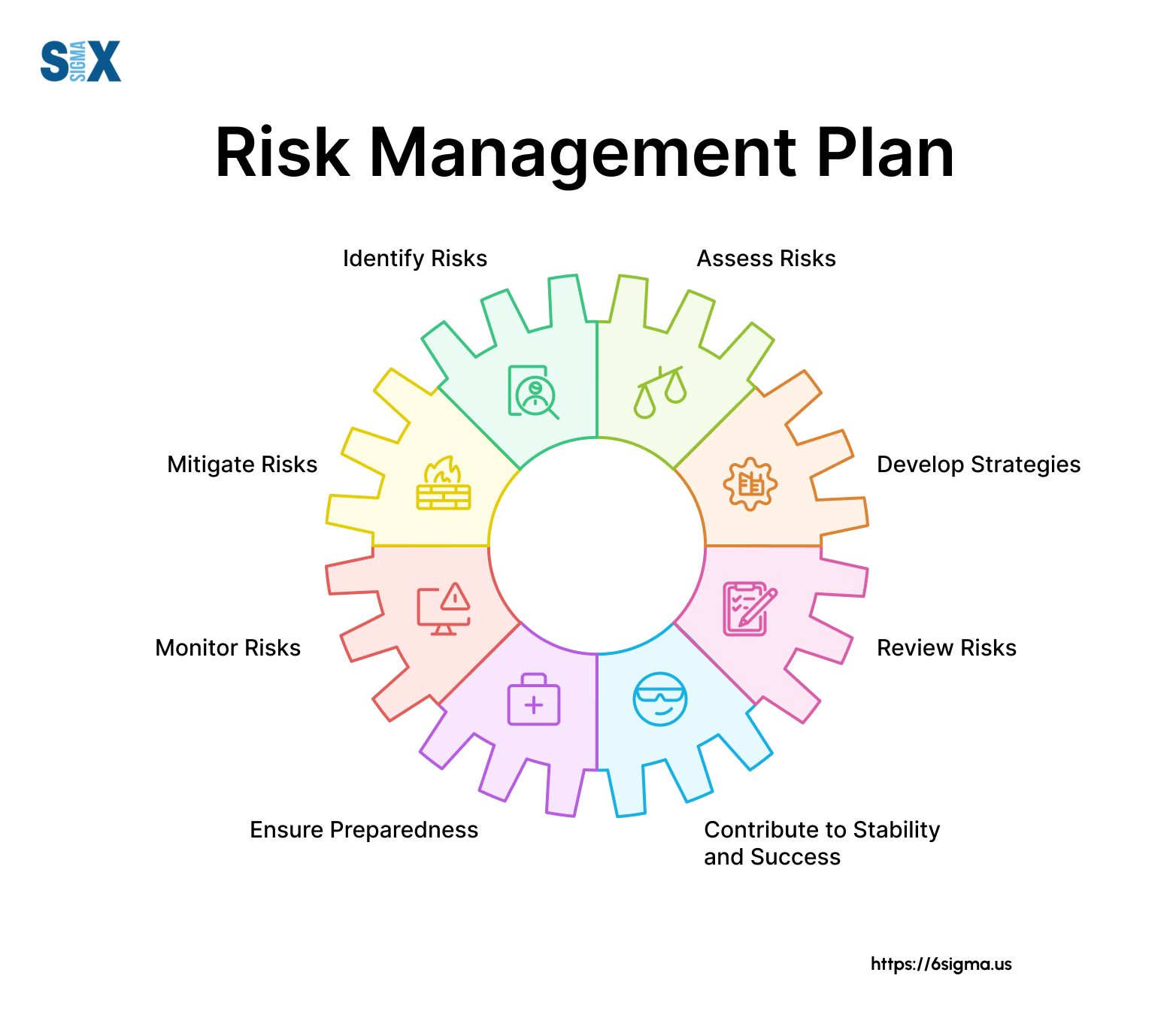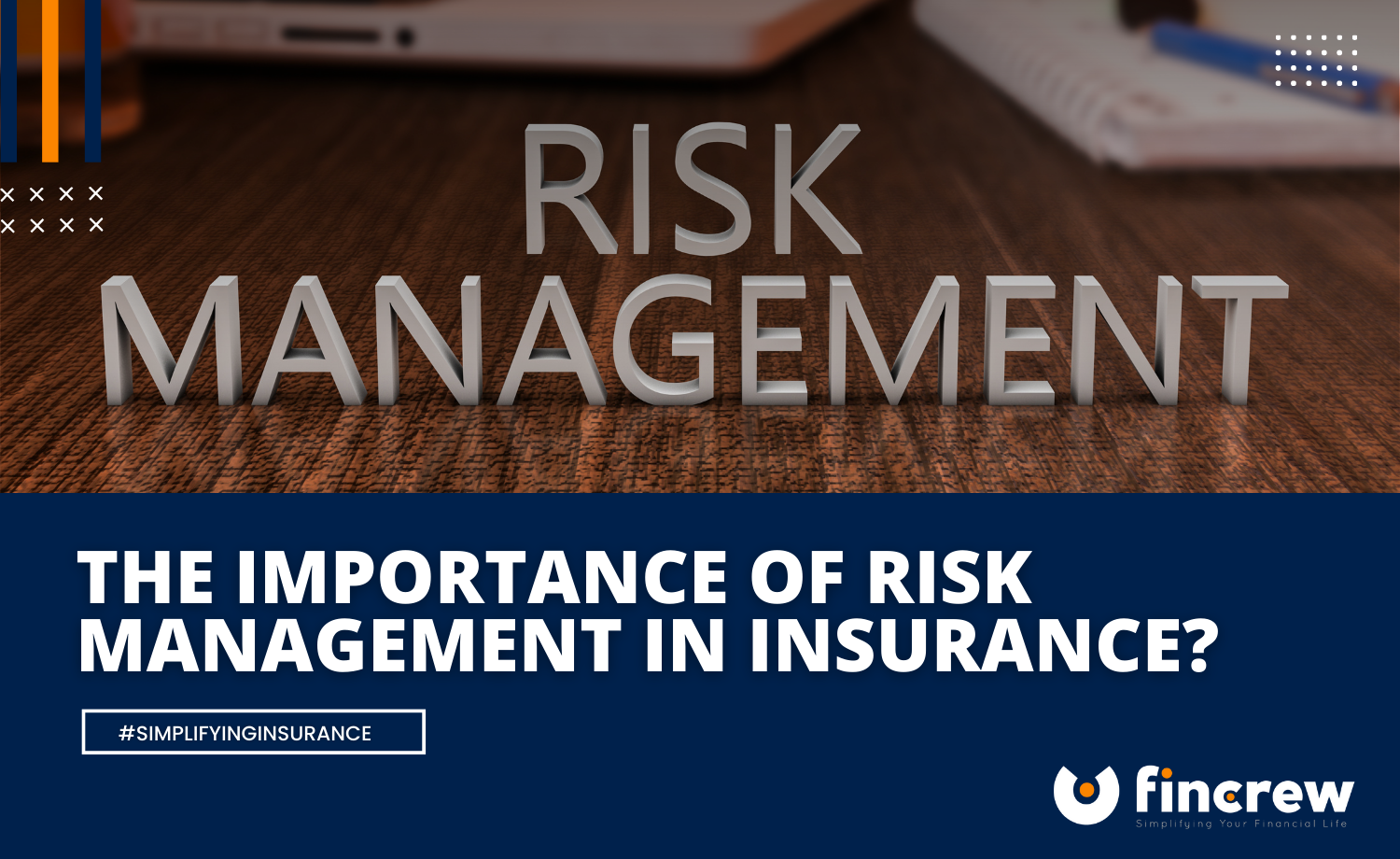Checking out the Significance of Risk Management for Effective Decision-Making Techniques
In the elaborate world of service, Risk Management arises as a crucial factor in the decision-making process. The capacity to recognize possible threats and opportunities, and strategize accordingly, can spell the difference between success and failure.
Understanding the Idea of Risk Management
Risk Management, a vital element in decision-making, is often misunderstood or oversimplified. Typically, it refers to the identification, assessment, and prioritization of dangers to reduce, keep an eye on, and manage the likelihood or effect of regrettable occasions. It's not just regarding protecting against adverse outcomes, but additionally about recognizing prospective possibilities. Risk Management includes organized and disciplined approaches, utilizing information and insightful evaluations. It requires a detailed understanding of the company's context, objectives, and the potential risks that might obstruct them. From economic unpredictabilities, lawful liabilities, calculated Management errors, to accidents and natural calamities, it attends to different dangers. Importantly, reliable Risk Management is not stagnant; it's a continuous, forward-looking procedure that develops with changing conditions.
The Function of Risk Management in Decision-Making Processes
In the realm of critical planning and company procedures, Risk Management plays an important duty in decision-making processes. It aids in determining possible threats and uncertainties that might influence the success of business objectives. By tracing these dangers, firms can create strategies to mitigate their effect, making certain business connection and stability. Risk Management thus becomes an essential device in decision-making, aiding leaders to make informed choices based on an extensive understanding of the dangers included. It motivates a positive technique, making it possible for companies to prepare for and prepare for feasible future circumstances. This significantly decreases the possibility of unfavorable repercussions, promoting a lot more efficient and effective decision-making strategies. For that reason, Risk Management acts as an important element in the decision-making processes of any type of organization.

Just How Risk Management Improves Strategic Planning
In the context of critical preparation, Risk Management plays a critical role. Launching with the identification of potential threats, it additionally prolongs to the execution of Risk mitigation actions. The function of Risk Management is not fixed however vibrant, as it demands continuous monitoring and adjusting of approaches.
Determining Possible Dangers

Carrying Out Risk Reduction
Having actually established the value of recognizing possible threats, the next step is to explore Risk reduction. This procedure involves creating and applying techniques to manage recognized risks efficiently. It is an important facet of calculated preparation as it improves decision-making by decreasing possible negative outcomes. Risk reduction strategies can vary from Risk avoidance, Risk transfer, to run the risk of decrease. Each strategy should be tailored to the particular Risk, considering its prospective effect and the company's Risk resistance. Moreover, reliable Risk mitigation Check This Out requires a deep understanding of the Risk landscape and the prospective impact of each Risk. This understanding makes it possible for organizations to focus on threats and assign sources successfully, making certain that the most significant dangers are attended to first.
Monitoring and Changing Techniques
Though Risk mitigation is a critical action in calculated planning, continual tracking and adjustment of these strategies is just as crucial. This ongoing procedure allows organizations to identify brand-new risks and reassess existing ones, making certain the carried out techniques remain effective in the ever-changing service environment. It additionally gives a chance to examine the success of the Risk Management procedures, enabling adjustments to be made where essential, additional enhancing critical preparation. Reliable monitoring and change require making use of analytics and essential performance indications (KPIs) to determine performance. These devices supply important data-driven understandings that can notify critical decision-making. look at here Surveillance and adjusting Risk Management techniques is an important component for enhancing a company's resilience and critical preparation.
Instance Studies: Successful Risk Management and Decision-Making
On the planet of service and financing, successful Risk Management and decision-making usually offer as the pillars of prosperous enterprises. One such entity is an international oil firm that minimized economic loss by hedging versus changing oil costs. In another instance, a technology start-up prospered by determining and accepting high-risk, high-reward approaches in an unpredictable market. An international financial institution, confronted with regulatory unpredictabilities, effectively browsed the circumstance through aggressive Risk assessment and dynamic decision-making. These instances highlight the value of sharp Risk Management in decision-making processes. It is not the lack of Risk, however the Management of it, that commonly sets apart successful companies from not successful ones. These cases emphasize the vital duty of Risk Management in calculated decision-making. importance of risk management.
Devices and Techniques for Efficient Risk Management
These devices, such as Risk registers and warm maps, help in determining and examining prospective dangers. Risk response techniques, a key component of Risk Management, include accepting, avoiding, transferring, or mitigating threats. With these devices and strategies, decision-makers can navigate the complex landscape of Risk Management, consequently assisting in notified image source and effective decision-making.
Future Fads in Risk Management and Decision-Making Strategies
As we explore the substantial landscape of Risk Management, it becomes evident that the devices and strategies made use of today will certainly proceed to progress. Future patterns point in the direction of a raised reliance on innovation, with expert system and artificial intelligence playing considerable functions. These technologies will certainly allow organizations to predict possible dangers with greater precision and make even more educated decisions. In addition, there will certainly be an expanding emphasis on resilience, not simply in taking care of threats yet additionally in jumping back from negative circumstances. Finally, the concept of Risk culture, where every member of a company realizes and associated with Risk Management, will certainly gain more prestige. These fads advertise an even more aggressive and comprehensive method in the direction of Risk Management and decision-making.
Conclusion

Risk Management therefore ends up being a crucial tool in decision-making, assisting leaders to make informed choices based on a detailed understanding of the threats included. Risk mitigation strategies can vary from Risk avoidance, Risk transfer, to risk reduction (importance of risk management). Effective Risk reduction calls for a deep understanding of the Risk landscape and the possible impact of each Risk. Risk response strategies, a key part of Risk Management, involve accepting, staying clear of, moving, or mitigating risks. The concept of Risk society, where every participant of a company is mindful and included in Risk Management, will certainly get a lot more importance